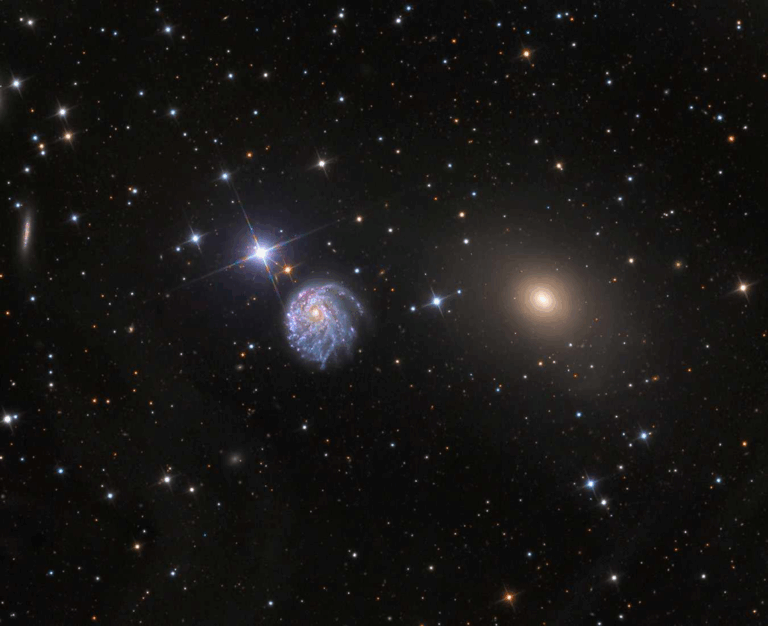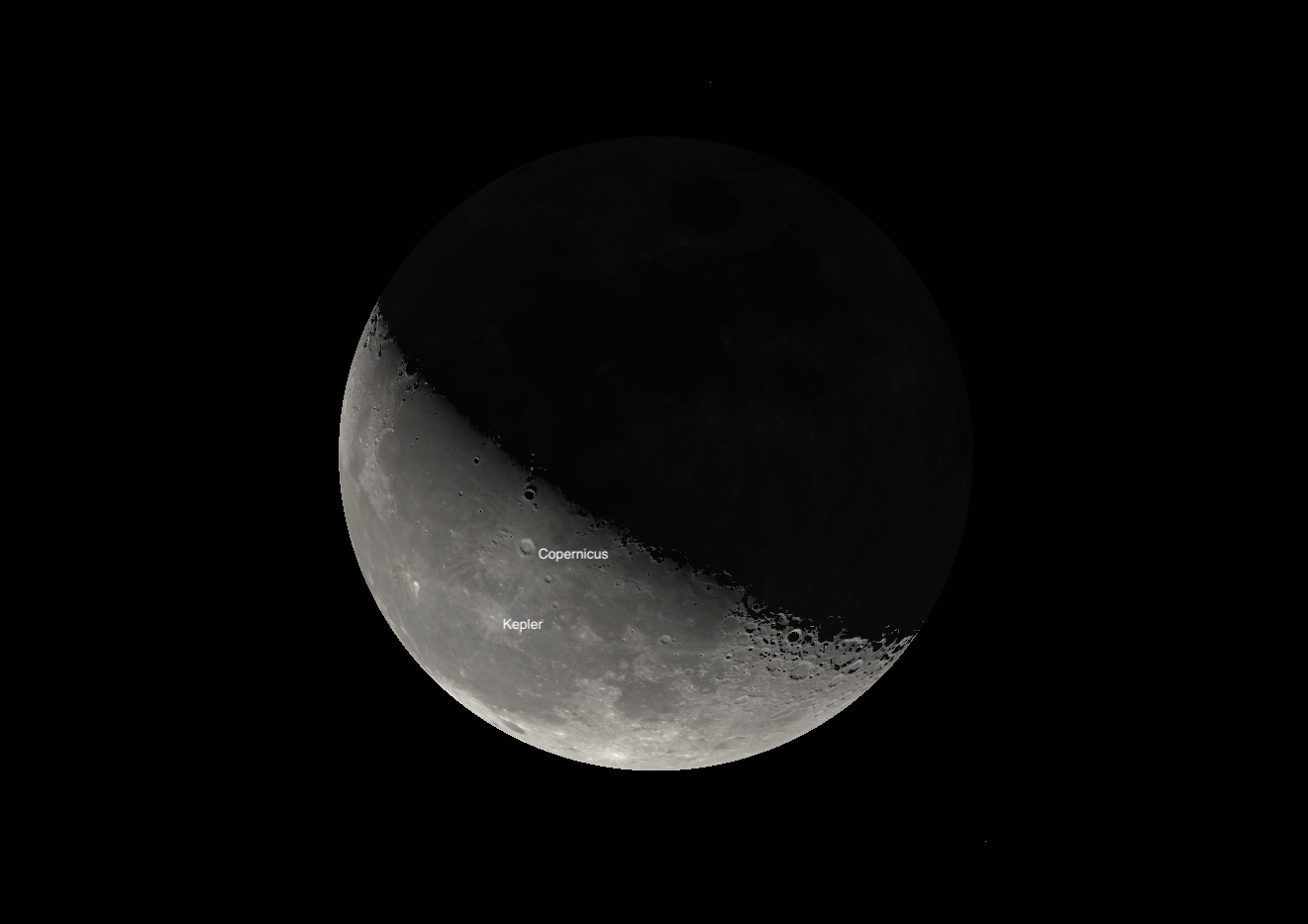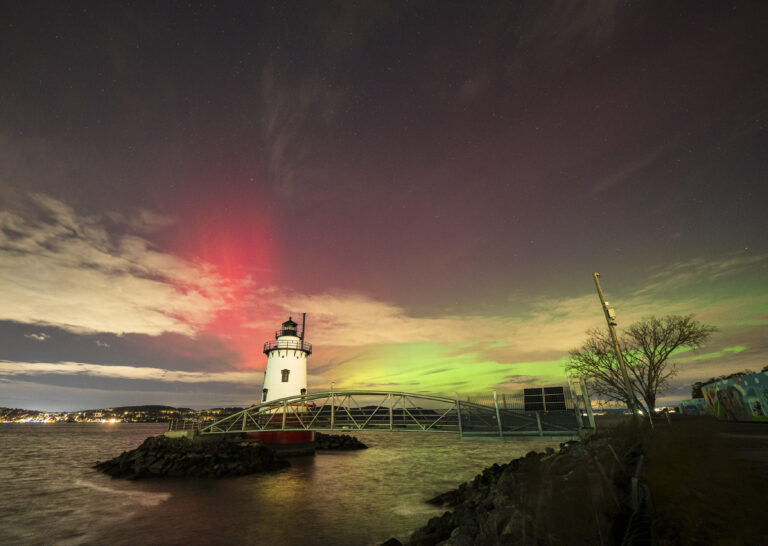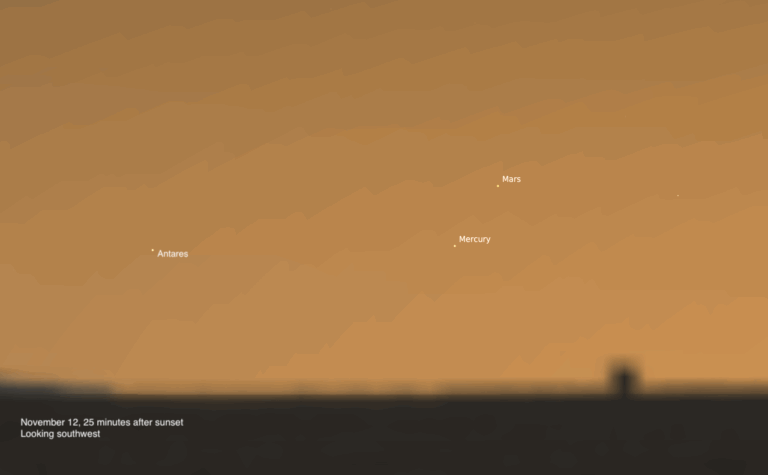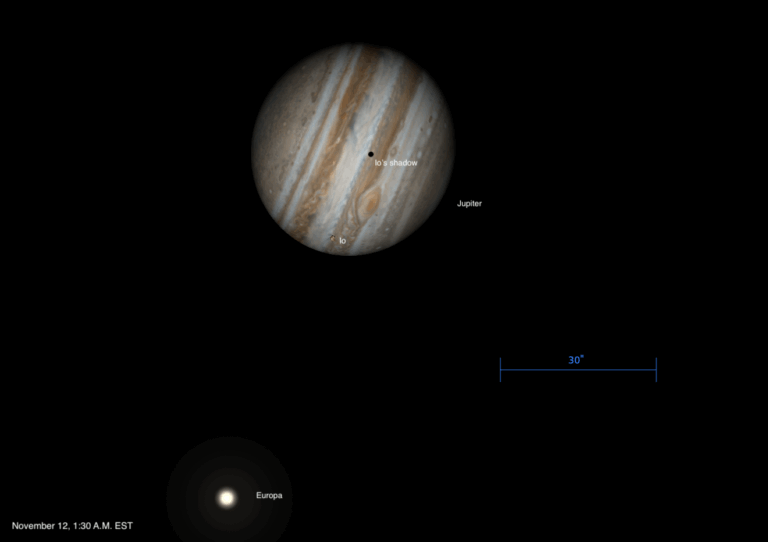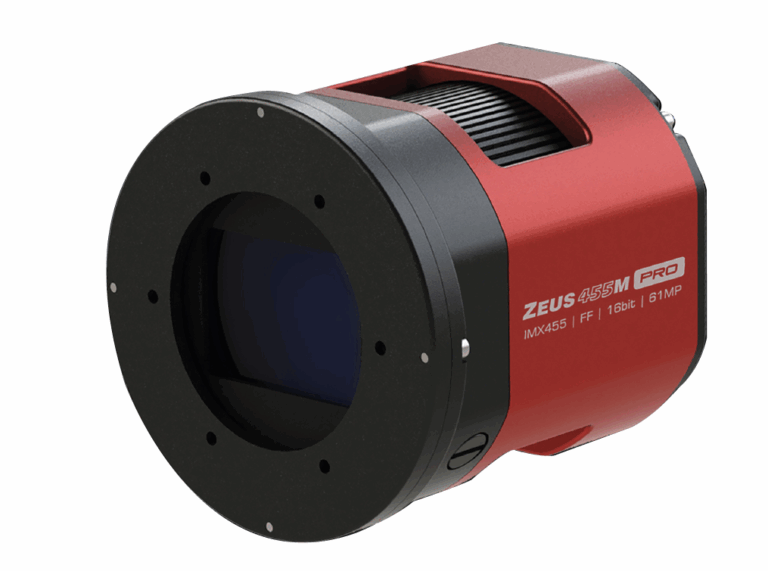Key Takeaways:
Many of us will be traveling to points along the center line to witness the dramatic beauty of totality, hopefully with binoculars in tow.
If you ask me, low-power binoculars are the most versatile instruments you can use to take in the full beauty of the Sun’s far-reaching corona during the fleeting moments of totality. Higher-power giants will also show details in prominences whisking away from the solar limb.
But binoculars can also be used on any sunny day to monitor solar activity, including the coming and going of sunspots. That’s why I’d like to devote this month’s column to our star, the Sun.
Fortunately, there are two safe ways of looking at the Sun. If you wish to view the Sun directly through binoculars, special solar filters are required. DO NOT use welder’s glass, smoked glass, or overexposed film. They can all lead tragically to blindness. The proper filters are commonly made of specially coated film or glass, and must be securely mounted in front of both objective lenses beforehand. In this way, the dangerously intense solar rays are reduced to a safe level prior to entering the binoculars and your eyes. Never place the filters between the eyepieces and your eyes.
Some people prefer to project the Sun through their binoculars onto a screen. I recommend that binoculars be mounted on a tripod or other rigid support. Keep a dust cap over one of the objective lenses to prevent two overlapping images. And never look through the binoculars at any time, not even to aim them. You can align the glasses by adjusting the shadows they cast until they are at their shortest.
It’s fun to monitor the constantly changing face of our star. For most, the principal attraction is watching the fluctuating number of sunspots across the photosphere. Sunspots are transient features that result from disruptions in the Sun’s magnetic field. These disruptions block some of the radiation pouring from the Sun’s core. The resulting temperature of the affected region is over 2,000 K (3,000° F) cooler than the surrounding photosphere, causing the sunspot to appear darker by contrast.
Each sunspot consists of a black central portion, the umbra, and an encircling grayish ring called the penumbra. Sunspots usually range in size from hundreds to thousands of miles in diameter. They typically form in groups, with the largest dwarfing our planet.
Just how many sunspots are visible at any moment depends on several factors. It naturally stands to reason that higher magnifications will resolve smaller spots. The number seen, however, also depends on where the Sun is in its current sunspot cycle. Astronomers in the 19th century determined that sunspot numbers regularly oscillate over approximately an 11-year period. Toward the maximum phase of the cycle, which last occurred in 2012, there might be a hundred or so visible; at minimum, the solar disk may appear blank.
Try sketching the solar disk every second or third day over a span of a month. The projection method lends itself very nicely to this. Depending on the size of binoculars used, draw a 3- to 4-inch diameter circle in the center of a piece of paper and attach it to the projection screen. Adjust the binocular-screen distance so that the projected Sun exactly fills the circle. Then, simply trace the exact positions and sizes of the visible sunspots. Be sure to note the four cardinal directions on your observation sheet. Over a period of days, you can watch as the sunspots march across the Sun.
With each successive sketch, sunspots will appear to form and change in size and shape as the solar disk spins. From this exercise, you can directly estimate the Sun’s period of rotation in much the same way as Galileo did over 400 years ago. By paying special attention to the exact location of the visible spots relative to each other, it will soon become clear that different latitudes on the Sun rotate at different speeds. Next month, we return to the night, but until then, enjoy the eclipse. And remember that two eyes are better than one.





